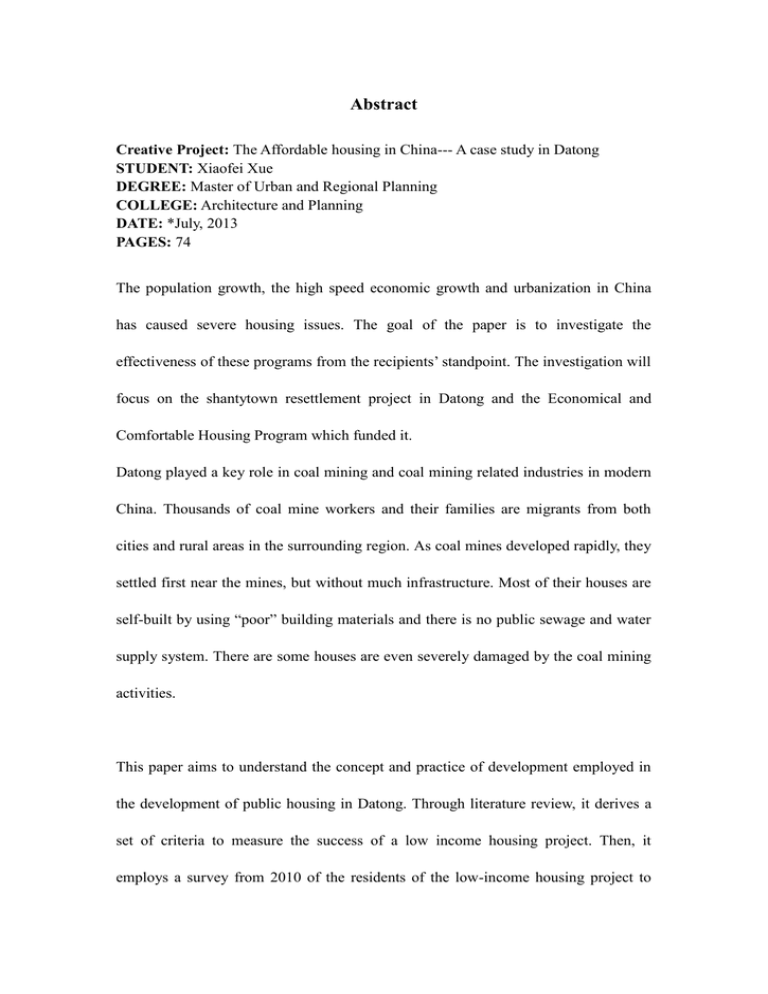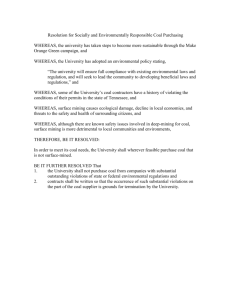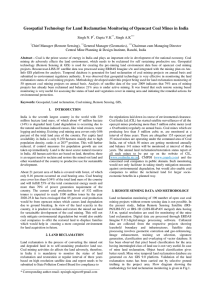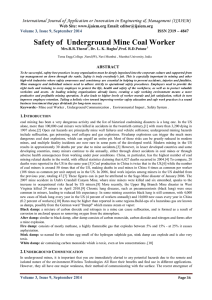Abstract
advertisement

Abstract Creative Project: The Affordable housing in China--- A case study in Datong STUDENT: Xiaofei Xue DEGREE: Master of Urban and Regional Planning COLLEGE: Architecture and Planning DATE: *July, 2013 PAGES: 74 The population growth, the high speed economic growth and urbanization in China has caused severe housing issues. The goal of the paper is to investigate the effectiveness of these programs from the recipients’ standpoint. The investigation will focus on the shantytown resettlement project in Datong and the Economical and Comfortable Housing Program which funded it. Datong played a key role in coal mining and coal mining related industries in modern China. Thousands of coal mine workers and their families are migrants from both cities and rural areas in the surrounding region. As coal mines developed rapidly, they settled first near the mines, but without much infrastructure. Most of their houses are self-built by using “poor” building materials and there is no public sewage and water supply system. There are some houses are even severely damaged by the coal mining activities. This paper aims to understand the concept and practice of development employed in the development of public housing in Datong. Through literature review, it derives a set of criteria to measure the success of a low income housing project. Then, it employs a survey from 2010 of the residents of the low-income housing project to evaluate the accomplishments based on the project’s own objectives. Third, it will discuss the follow up study carried out in 2013 to observe the changes over three years and the success of the project from its residents’ standpoints. Connecting these two, the paper will then investigate the potential and limitations of the project. Finally, it will derive lessons from the project. The paper is important is because it addresses housing not as a market product. It discusses the social part of housing which usually is missing in housing issues. From the 2010 survey, we found that the project achieved most of its objectives in terms of improving housing conditions; we also found some negative impacts of the project, including the increase in cost of living, the break-up of old community atmosphere and neighborhood relationships, and the lack of public participations. In a broad sense, the study revealed the shortcomings of the government being the sole provider of housing for low income people and the need to expand it beyond just the government. It is also necessary to rethink about the housing issue more holistically and develop some new ideas about solving the housing issue without directly providing housing which destroys community and its social capital. It recommends the encouragement of more civic participation and creating a user oriented approach to public housing.











